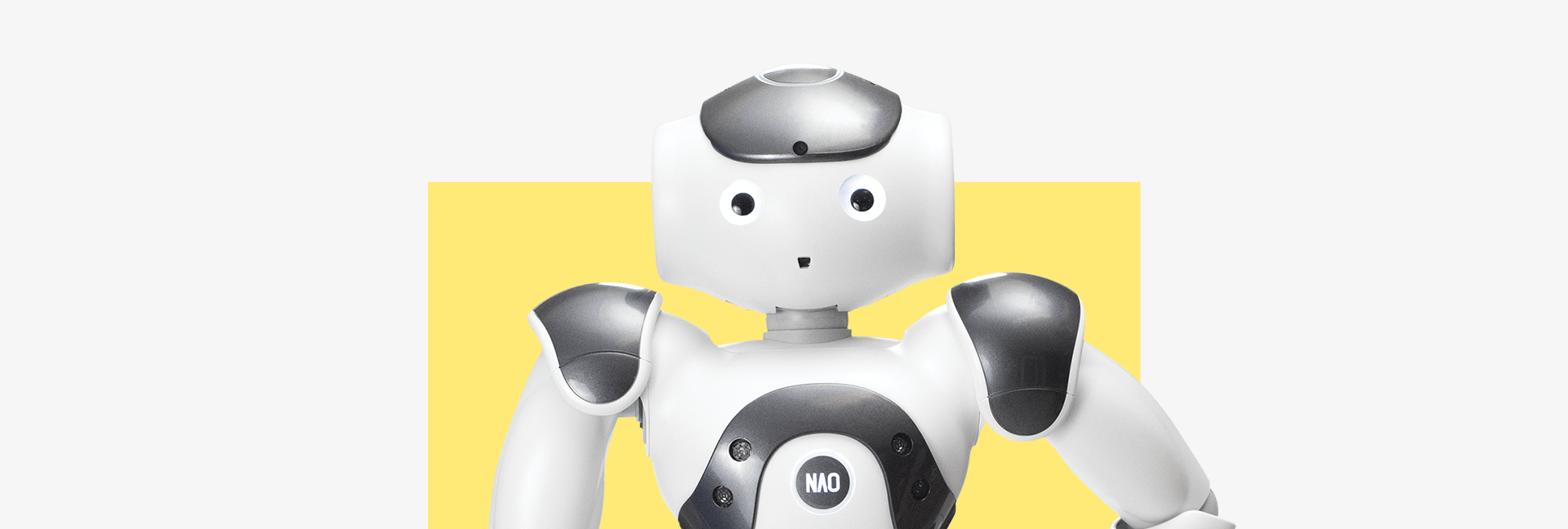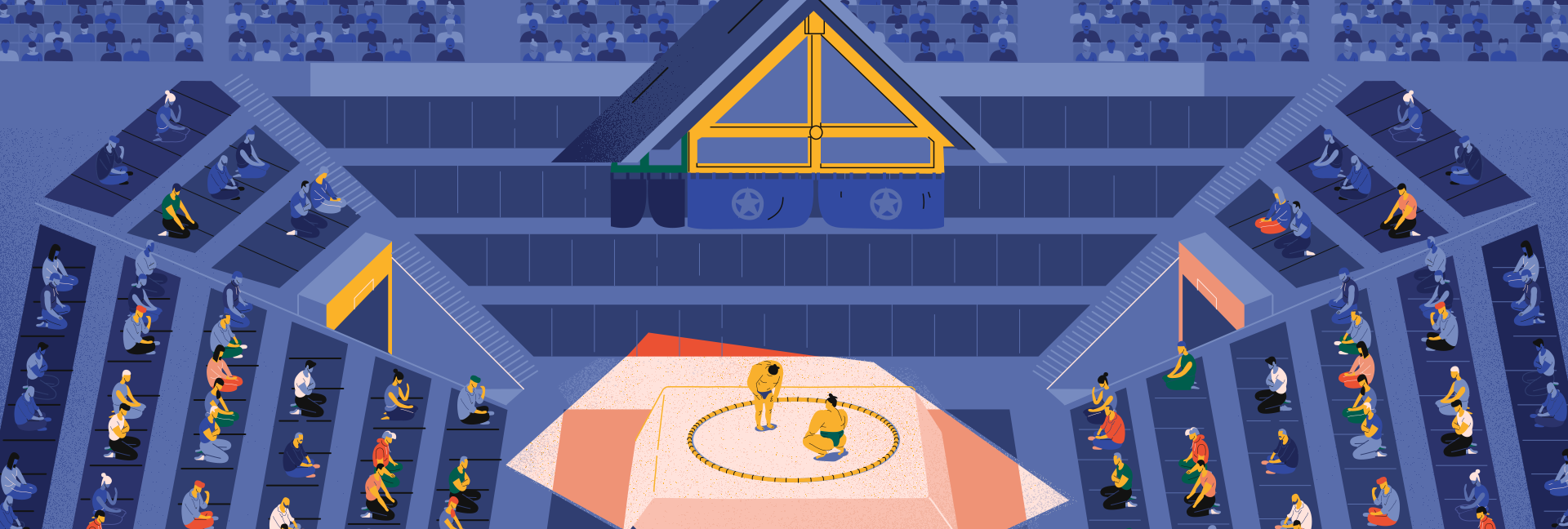In educational circles, the Learning Pyramid Theory holds that the best way to learn something is to teach someone. In Japan, this concept has gained practical applications with the use of robots. Machines increasingly contribute to developing the students' skills and transform the educational sector in the country day by day.
Fumihide Tanaka, a professor at the Department of Intelligent Interactions Technologies at Tsukuba University, proposed the use of this technique with the help of NAO, a model created by SoftBank Robotics. The 58-cm humanoid helps students aged 3 to 6 years in English classes by playing the role of students with difficulties who need to be taught. By making minor errors, it encourages colleagues to correct it and, thus, learn more.
+ Remember the Prototyping in Tokyo exhibit, which unveiled advanced Japanese prototype technologies.
The researcher believes that, by teaching a less intelligent robot, children not only consolidate their own knowledge, but also strengthen their self-confidence. There are also other benefits, such as the development of behavioral skills like empathy and collaboration. In this way, machines do not replace people, but instead help them to feel, think, and act.
In other experiments, the robot worked with children with writing problems by demonstrating more difficulties than their colleagues. By showing the humanoid how to write, students worked even harder to improve their own skills. In his research, Tanaka concluded that the presence of robots in the classroom has contributed to increasing learning efficiency more than other technologies, such as interactive whiteboards and tablets. The secret, he believes, lies in the social interactions they enable.
Another SoftBank Robotics model is used among older students. Measuring 120 centimeters, Pepper can customize its interactions by remembering students’ names and reproducing various human behaviors. The humanoid also shakes his head to show that he is listening, makes gestures, remarks, and sounds to show empathy. The applications are similar to NAO.
The Province of Hiroshima Education Council pioneered the use of robots to substitute students who, for some reason, cannot be in the classroom. Created by the Ory Lab, OriHime measures just 23 centimeters, and records and transmits the content to the remote students’ tablets.
Kentaro Yoshifuji, CEO of Ory Lab, believes that his robots play an important role in helping sick or physically disabled people to connect with their families, friends, and teachers when they cannot be present. The difference is that this humanoid is not pre-programmed, rather controlled remotely by its user.
The benefits go far beyond the opportunity to keep pace with classes and interact with teachers and colleagues. In testing carried out with students admitted to the Hiroshima University Hospital, the results were quite positive, including in patient behavior. The medical team says the participants showed optimism and willingness during treatment, thanks to their contact with friends.
The trend, in the coming years, is for initiatives like these to become increasingly common in Japan and inspire the use of humanoid robots as learning partners in other countries around the world.




